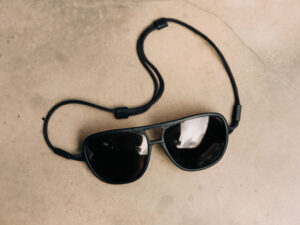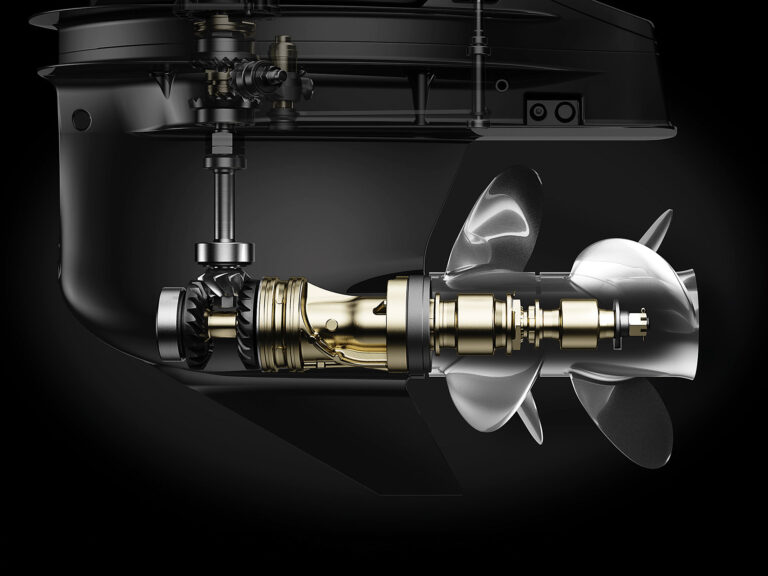
You need a flat surface on which to seat the hatch. The surface can be sloping or level. Also, check for interference from objects as the hatch swings open. If you want to use the hatch for access, pick one that accommodates an adult. With thin decks, the flange on the frame may protrude into the cabin. With thick decks or ceilings with headliners, a Lewmar Trimkit gives the interior a finished look (see “Screen Play”).

Cover the working area of the bow deck with masking tape to prevent scratches and chipping, and to give you a surface on which to scribe. Lay the hatch down and position it exactly where you want it; then carefully mark the outline of the frame — in this case, 127⁄8 inches long by 18 inches wide with a 111/16-inch radius at each corner. If you’re using a Trimkit, expand the outline perimeter by one-eighth inch.

Check the interior for interference with wires or hoses. If the ceiling has carpet or vinyl, use a razor to cut and peel away the covering from the affected interior section to prevent snagging or tearing it with power tools. Then, from the outside, use a 111/16-inch hole saw to cut holes to match the radii in the corners. Using a jigsaw, cut along the rest of the outline to create the final opening. Remove the masking tape.

Test-fit the hatch before applying sealant. (Most hatches are installed with the hinges aft.) If you are installing a Trimkit, center the frame to leave a one-eighth-inch gap between it and the deck. Mark the screw holes, remove the hatch, and drill the holes. Apply marine sealant where frame contacts deck and on both sides of the fastening holes on the frame. Use No. 10 self-tapping screws (short enough that they don’t protrude into the cabin) to secure the frame, except in the hinge areas, which should be through-bolted with quarter-inch bolts and nuts with washers on the underside. Wipe off excess sealant.

If you boat in an area where insects pose a nuisance, think also about a screen option. Lewmar’s Trimkit ($99.99, westmarine.com) for the interior side includes a removable screen.
Bow hatches on cabin boats add two advantages: illumination from above (whether closed or open) and fresh air when open, be it a cuddy, cruiser or walkaround. Some hatches are also large enough that you can use them to access the bow from inside — to man the anchor, for example.
If your cabin lacks a hatch overhead, it’s easy to add one from a company such as Bomar, Lewmar, Taylor Made or Vetus. Hatches come in a wide range of sizes and shapes. For this project, we use the rectangular Lewmar Low-Profile size 30, which measures overall 153⁄8 inches long by 20¾ inches wide and requires a minimum deck thickness of five-eighths inch. It has friction hinges (with adjustable tension) that hold the hatch open without the need for gas-assist struts. When unlocked, it can also be latched or unlatched from outside and inside.
Getting Started
Skill Level: 3.5/5
Time to Complete: 3-4 hours
Tools and Supplies
*Lewmar Low-Profile bow hatch, size 30 ($241.76, jamestowndistributors.com)
*No. 10 stainless-steel self-tapping screws
*1/4-inch stainless-steel bolts, nuts and washers
*Marine silicone bedding compound
*Tape measure
*Phillips screwdriver
*Open-end/box-end wrench set
*Power drill and bits
*111⁄16-inch hole saw
*Jigsaw with fine blade for fiberglass
*Masking tape
*Sharpie marker
*Shop rags to wipe up sealant









